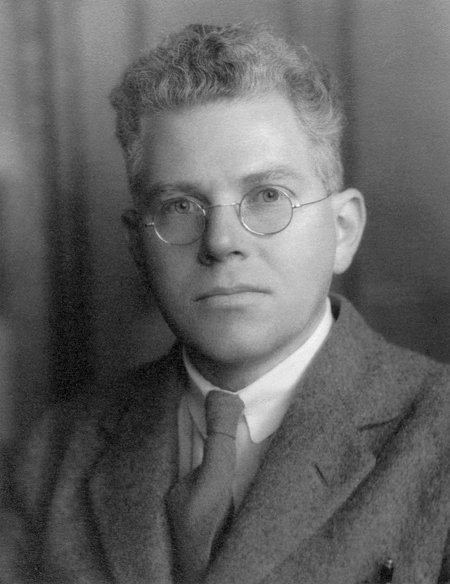Part 4 of 18 Parts (Please read Parts 1, 2 and 3 Parts)
Currently, almost all of the research into fusion energy has been concentrated on the deuterium-tritium reactions. Deuterium-tritium is the easiest nuclear fusion reaction to create in terms of required combination of temperatures, pressures, and “burn” duration. Despite more than five decades of research and tens of billions of dollars spent on research and development, the goal of net energy generation from deuterium-tritium reactions has still not been accomplished.
The road from successful experiments to functioning fusion reactors will be long and difficult. This is true as least for the fusion approached which are receiving most of the funding today. In recent years, significant amounts of private money have been dedicated to alternative pathways and some of them hold great promise.
The hydrogen-boron fusion reaction is far more difficult than the deuterium-tritium fusion reaction with respect to the necessary combination of physical parameters. Nuclei do not always interact when they collide. The probability of a nuclear fusion reaction from a collision is called the “cross-section” of the reaction. The hydrogen-boron cross-section which indicates the reaction rate is about three hundred times smaller than the cross-section of the conventional deuterium-tritium reaction.
The required temperature for hydrogen-boron fusion is also ten times higher than the temperature needed for the deuterium-tritium reaction. The actual energy obtained from a hydrogen-boron fusion reaction is about half of that of the energy generated by the deuterium-tritium reaction. The reason behind these differences can be attributed the specifics of the nuclear structures and interaction involved. There are also other issues of concern such as potentially much larger energy losses due to the bremsstrahlung radiation which is caused by the interaction of the electrical fields of particles that are near each other.
To summarize, the vast majority of the nuclear fusion research community consider the obstacles to exploiting the hydrogen-boron reaction for a practical source of energy appear to be so great that it is not considered a serious option.
The question could be raised that if Rutherford and Oliphant were able to generate hydrogen-boron reactions with a primitive proton accelerators in the 1930s, why can we not just scale up their system? Compact proton accelerators are readily available on the open market. Why do we need to talk about generating billion degree temperatures?
There is an easy reason why the simple beam-target approach of Rutherford and Oliphant will not work for commercial nuclear fusion power generation. First, only a tiny percentage of the protons in the beam actually trigger a fusion reaction. This is the small cross-section problem mentioned above. The rest of the protons bounce off, fly off or are lost in some other way. And, the energy expended to accelerate them is lost. The overall efficiency is thus less than zero. The applies to the hydrogen-boron reaction and even the relatively easy deuterium-tritium reaction.
In order to get fusion processes to generate net energy, making reactions happen on a one by one basis will not work. There needs to be some sort of global collective process. The simplest approach would be to compress as many mutually repelling particles as possible into a container and then heat the compressed particles. This will increase their interaction as they bounce around. That has to be maintained long enough to produce enough fusion reactions to produce net energy. Ultimately, for all their huge technological sophistication, the conventional approaches to realizing commercial fusion energy boils down to the simple process detailed above. This approach could be called the “thermal” scenario because heat mediates the whole process.
In the case of hydrogen-boron, the thermal approach offers little hope for net energy generation. It would require a special combination of temperatures, density and so-called confinement time that is far beyond present or even foreseeable technology.
Fortunately, the arrival of ultra-high-power lasers and “extreme light” makes it possible to develop a short-cut method for accomplishing hydrogen-boron fusion which non-thermal, highly organized collective processes play the critical role.
Please read Part 5 next
Nuclear Fusion 87 – A Mixture of Hydrogen and Boron Is Being Researched As A Fuel For Nuclear Fusion – Part 4 of 18 Part

Written by
in
